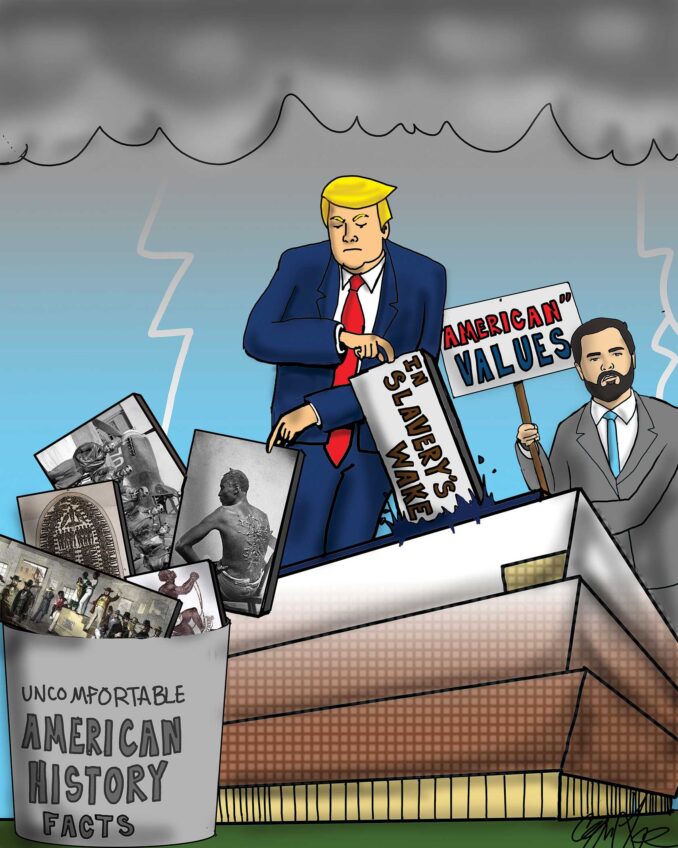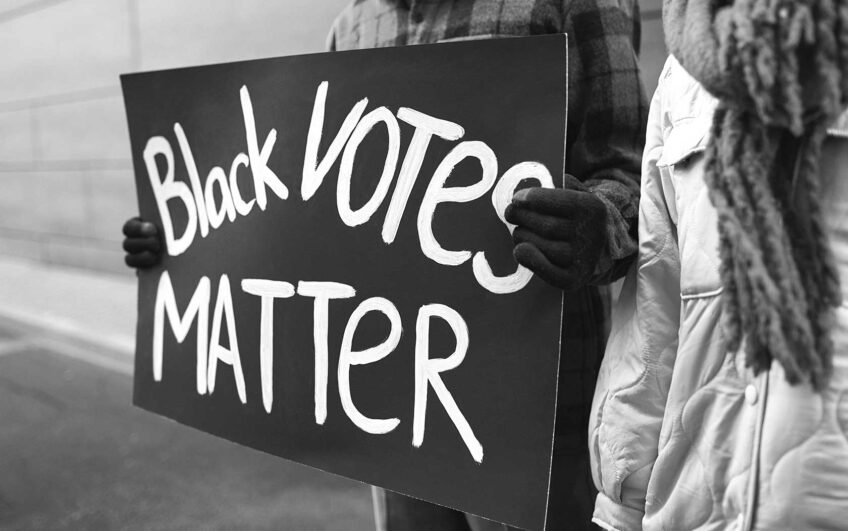As tears spilled around the country at the scale and scope of devastation in Florida and North Carolina, the powerful forces of nature have met the caring forces of neighbors in community after community. The kindness ordinary people have shown is inspiring, and in the face of continued power outages and lack of water and sanitary facilities, this social connectedness is a real lifesaver. Unfortunately, not everyone is so well connected. And it is those people who don’t know their neighbors or are confined to their home and can’t strike up a conversation about upcoming hazardous weather who are most at risk when storms like Hurricane Ian strike.
In our own research on social connectedness during times of extreme weather, we have sought to understand these patterns and develop interventions to bolster social connectedness in Boston-area communities most vulnerable to the impacts of climate change. Some of the high-level questions we ask: How “socially connected” do people feel within these vulnerable communities, and what factors or mechanisms serve to strengthen or weaken social connectedness?
Social connectedness is important when preparing to face extreme weather. Social connectedness is defined in our research as interpersonal/intergroup connections, engagement in social activities, and informal/formal networks that reflect the depth of social bonds within a community. It is critical to uncover how our most vulnerable residents can be better prepared, and what could be done to foster more social connections with neighbors in the community.
Our recent study examined the highest-risk neighborhoods in Boston, specifically Chinatown and Roxbury, two areas that previous research identified as highly at risk during floods and heat waves. The hope is that with the insights gained from this research and previous studies on this subject, we can aim to build more robust systems for communities to connect, especially during emergencies. The link between social resilience and climate resilience has become more apparent, and the lack of community resources is a serious issue in terms of community preparedness.
We found in our study that residents of these two communities were able to name specific examples of people, organizations, and other support services with ease for COVID-19 information and support, but they struggled to name any examples of services or support available for weather-related emergencies. The anger and frustration in some groups regarding the gaps in planning/resources highlights the urgency required — from a moral, social and political perspective. And, although only preliminary, the results also highlight some of the challenges — and opportunities — in terms of how social connectedness may directly impact climate change resilience.
As a country, we need to build awareness of extreme weather resources and invest in further outreach by governmental and non-governmental organizations to find those people who are not socially connected and link them into the resources and information that will protect them when, not if, extreme weather next arrives.
We can celebrate the finest moments of kindness in Florida and North Carolina today, but let’s not ignore those left behind and still in need of care. And most importantly, let’s prepare for future hazards by making sure we reinforce social resilience in our communities.
Justin B. Hollander, PhD, FAICP is a professor of Urban and Environmental Policy and Planning at Tufts University. James Intrillgator is professor of the Practice in Human Factors Engineering and director of Strategic Innovation at Tufts University. Joshua Ellsworth is an adjunct lecturer with Friedman School of Nutrition Science and Policy and teaches in Tufts’ MS Program in Sustainable Water Management and Tufts Gordon Institute. Reverend Vernon K. Walker is program director, Communities Responding to Extreme Weather.






